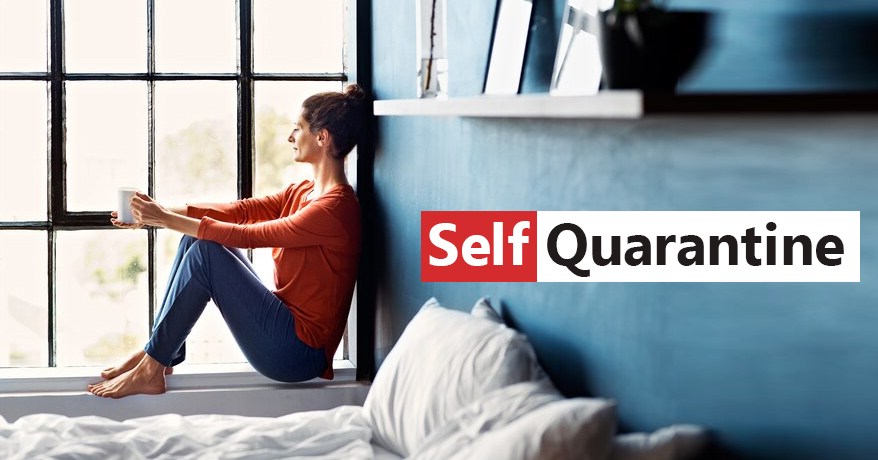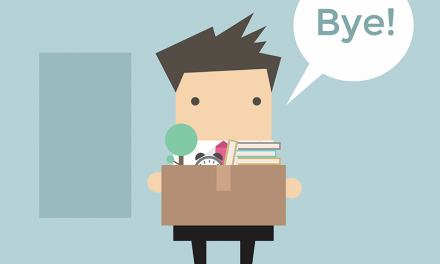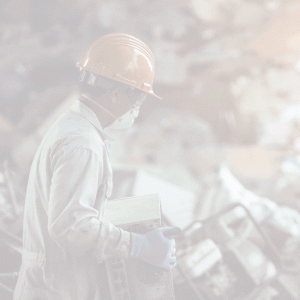The Ministry of Health (MOH) will now allow people who tested positive for COVID-19 with mild or no symptoms to undergo quarantine and isolation at home
It may be a relief for some, as home can be more comfortable than being sent to the overburdened hospitals and quarantine centres.
But home quarantine may also be a risk for others, because it can be hard to practice strict precautions around healthy loved ones living under the same roof for 10 days.
If you have recently tested positive for COVID-19, here’s how to quarantine and isolate at home:
1. Stay in a separate bedroom from other household members
It will be difficult, but it is necessary: you will have to isolate yourself in a single room as much as you can for at least 10 days, or until your symptoms recover.
If possible, stay in a room with an attached bathroom and stay away from any shared spaces of the home, such as the living room and kitchen, to prevent transmission to your family members.
Also, keep the windows in your bedroom and bathroom open to make sure the room is well-ventilated and to remove respiratory droplets in the air as much as possible.
2. Wash your hands and disinfect commonly-touched surfaces frequently
You and your quarantined family members will have to practise excellent personal hygiene, especially if sharing bathrooms.
The person who is sick should be the one cleaning and disinfecting the bathroom and toilet surfaces with household detergent and disinfectant after each use.
The recommended dilution of bleach for disinfecting surfaces is one part bleach to 50 parts water – that’s equivalent to one teaspoon (5ml) of Clorox to one cup (250ml) of water.
Meanwhile, the rest of the house should be cleaned by your family members diligently, especially high-touch surfaces such as doorknobs, light switches, countertops, and phones.
It also goes without saying that everyone should wash their hands with soap and water often, or at least clean them with hand sanitiser, after any type of contact with you or your environment.
3. Avoid sharing personal household items with others
It is best to allocate separate plates, drinking glasses, cups, eating utensils, towels, bedding, and other items for you, the COVID-19 patient.
Assign a caregiver in the house – one who is not immunocompromised and is always prepared to wear a face mask and gloves – to hand you food and wash your dishes because you have to stay in your room.
The caregiver should properly dispose of the face masks and gloves in a closed container after use and practise good hand hygiene throughout the arrangement.
4. Wear a face mask if you have to leave the room
Generally, do not leave the room unless you really need to – you shouldn’t be cooking food in the kitchen or be watching TV in the living room.
But if you really have to leave the room, put on a mask, tell everyone else in the house to put on theirs, and maintain a 1m distance from your family members.
5. No visitors should be allowed in the house
To repeat, you as a COVID-19 patient are in isolation and your family members are close contacts in quarantine, nobody should be leaving or entering the house for at least 10 days.
The only visitors that can be allowed into the house are healthcare workers coming to check up on you; even then, they have to be in full personal protective equipment (PPE).
6. Monitor yourself every day and seek emergency medical attention if you develop worsening symptoms
If you experience symptoms such as a high fever or difficulty breathing, you can call 999 for emergency services.
Here’s a summary from the Ministry of Health (MOH):-










